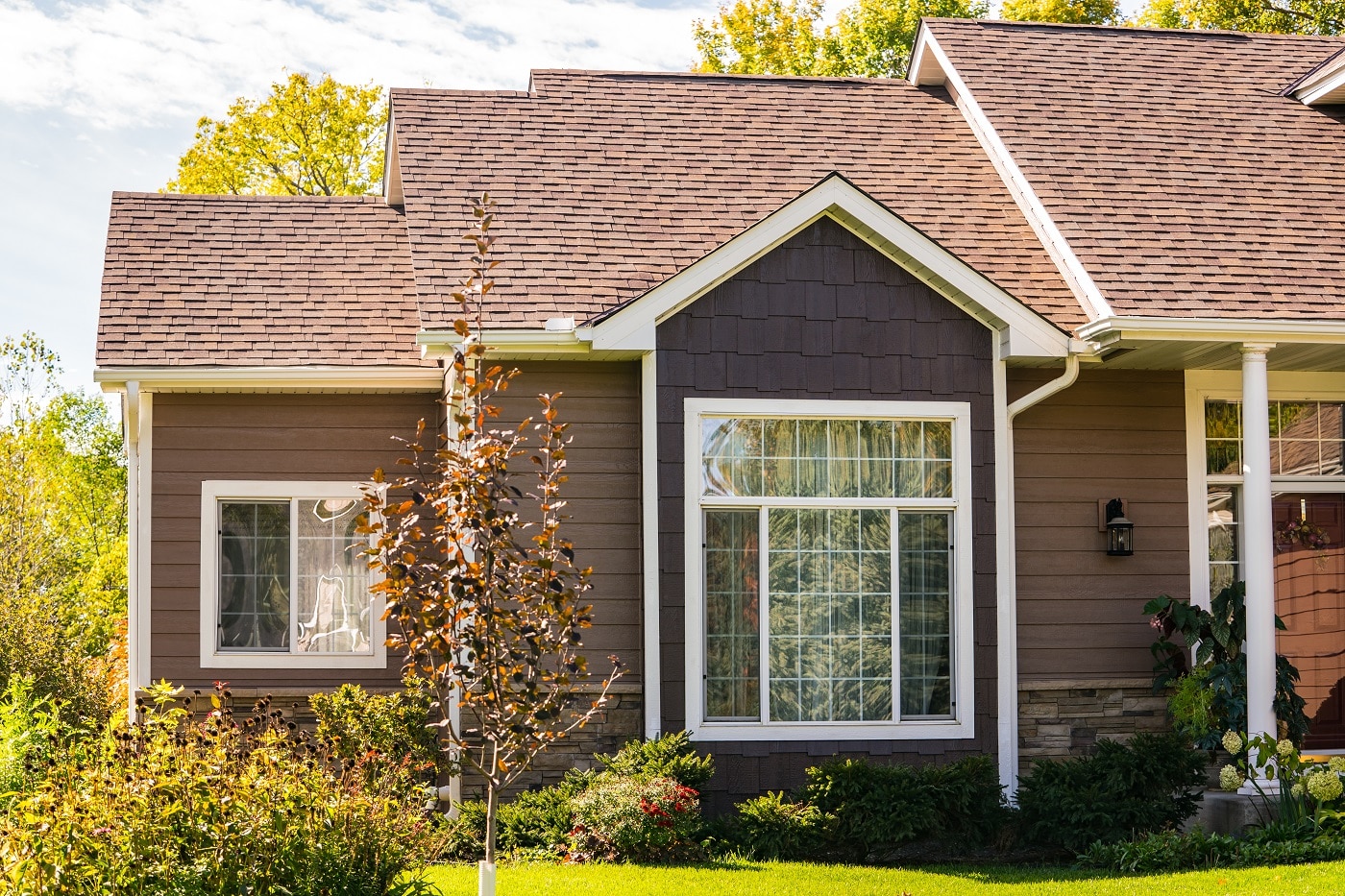Fast Facts About Storm Damage Repairs
Lindus Construction’s Vice President of Sales, Alex Lindus, answers common storm damage repair questions for Twin Cities homeowners.
Listen To The Entire Home Improvement Show Here:
Filing Storm Damage Insurance Claims
After a hailstorm, homeowners often only have one year to file a claim and two years to work with a storm damage repair company to have work completed on their home. Failure to have the damage corrected means that an insurance company does not have to pay full replacement value for the impacted areas.
At times, this can mean that a homeowner can receive up to 40% less than if they had worked with a contractor to have repairs done. The insurance company holds back the depreciation value until the project is completed. Homeowners that do not fix hail damage, but are paid out on the damage, forfeit the ability to file a second full replacement value claim if their roof or siding is again damaged by hail in the future.
Get the Scoop on Home Storm Damage Restoration:
Siding Storm Damage Repairs
If a home is damaged by a storm, one of the areas that suffers significant damage is often siding. If a home has Masonite siding, an alternative material must be selected, as Masonite is no longer manufactured. Masonite siding is comprised of wood chips that are bonded with resins. It resembles fiberboard used in builder grade cabinetry.
Two of the most popular maintenance-free siding materials we install are SeasonGuard steel and LP® SmartSide®. An advantage LP® SmartSide® has over fiber cement is that it does not emit toxins into the air when it is cut. LP® SmartSide® also does not require special tools in order to cut it. LP® SmartSide® with Diamond Kote® offers the ultimate peace of mind because it is guaranteed against fading and chipping. SeasonGuard seamless steel siding is also a popular choice among the homeowners we work with because of their long-lasting finishes.

Updating Insulation
A storm also allows homeowners to take a hard look at their home and contemplate other upgrades that make sense at the same time, such as insulation. When insulating your attic, depending on what your soffit situation is, it’s best practice to have an attic chute installed in the air space between your eaves over the top plate and into your attic space. Installing attic chutes and insulation in this area allows for ample air flow in your attic peak and down through your soffit vents. Attic chutes used in tandem with a vapor barrier underneath or on top of the ceiling, along with sprayed-in or blown-in insulation up to the attic air chutes will create a vented and temperature-controlled attic space, absent of ice dams.
Examining a home’s windows after a storm to see if any are in need of replacement is also wise. Window styles should be revisited, as oftentimes improvements can be made to allow for additional ventilation or natural light. Awning windows work well in kitchens because they offer an unobstructed view and can be opened for ventilation purposes. Our SeasonGuard awning windows are widely popular because their thin frames allow for additional glass exposure which brings in more natural light. In bathrooms, vinyl windows with security glass tend to be more popular than glass blocks because they offer privacy while still allowing for ventilation. Without adequate ventilation, bathrooms can become susceptible to mold and allow excess moisture to accumulate in an attic, damaging insulation.
Contact us today to get started on your home’s storm damage repairs.
Our team answers homeowner questions every weekend on WCCO 830 AM from 9:00 am-10:00 am. Have your most pressing home improvement questions answered by calling or texting 651.461.9226.
